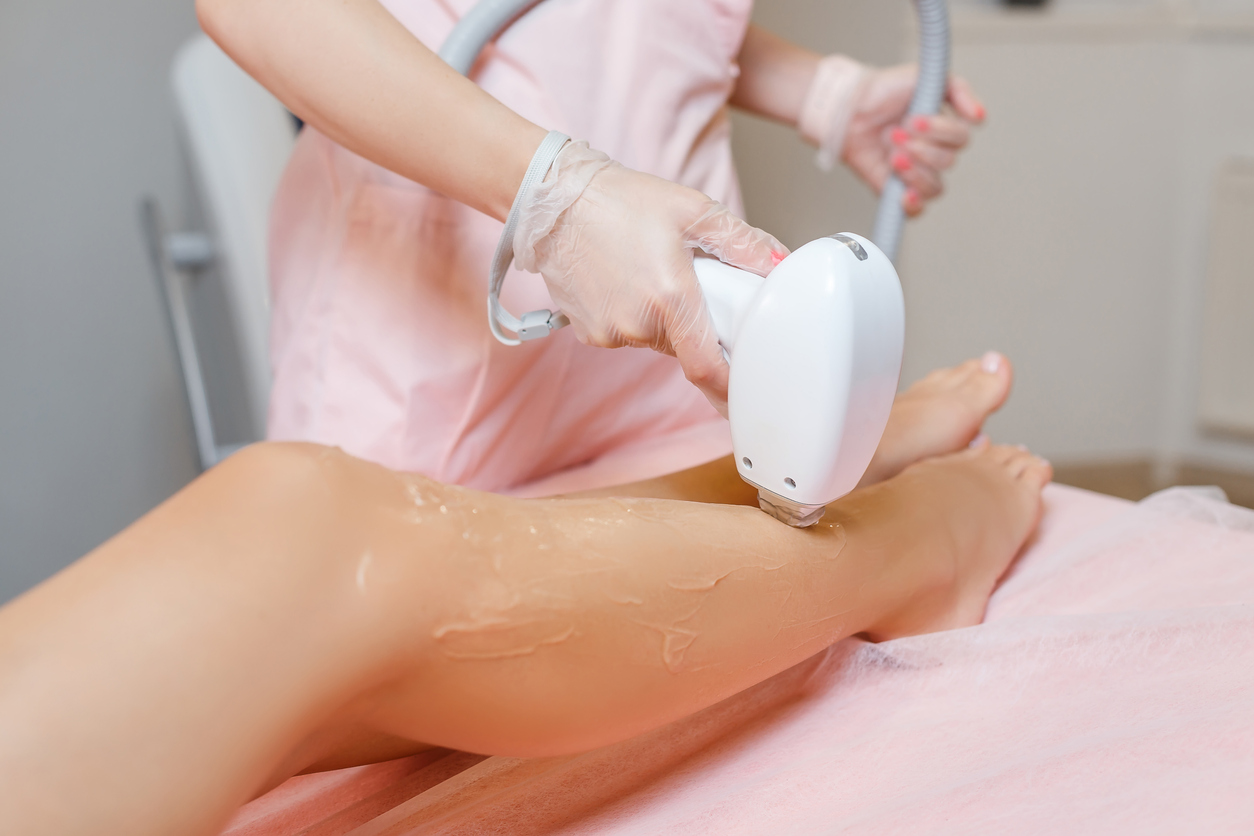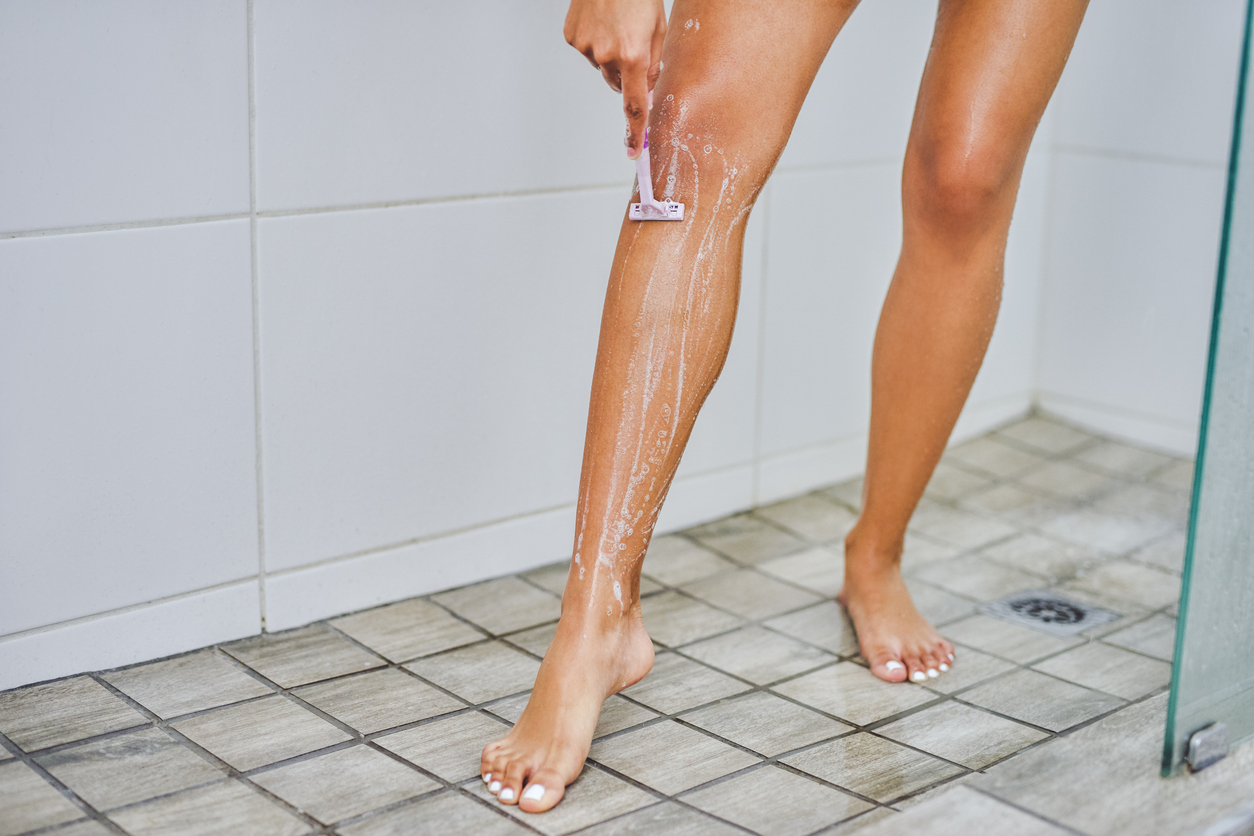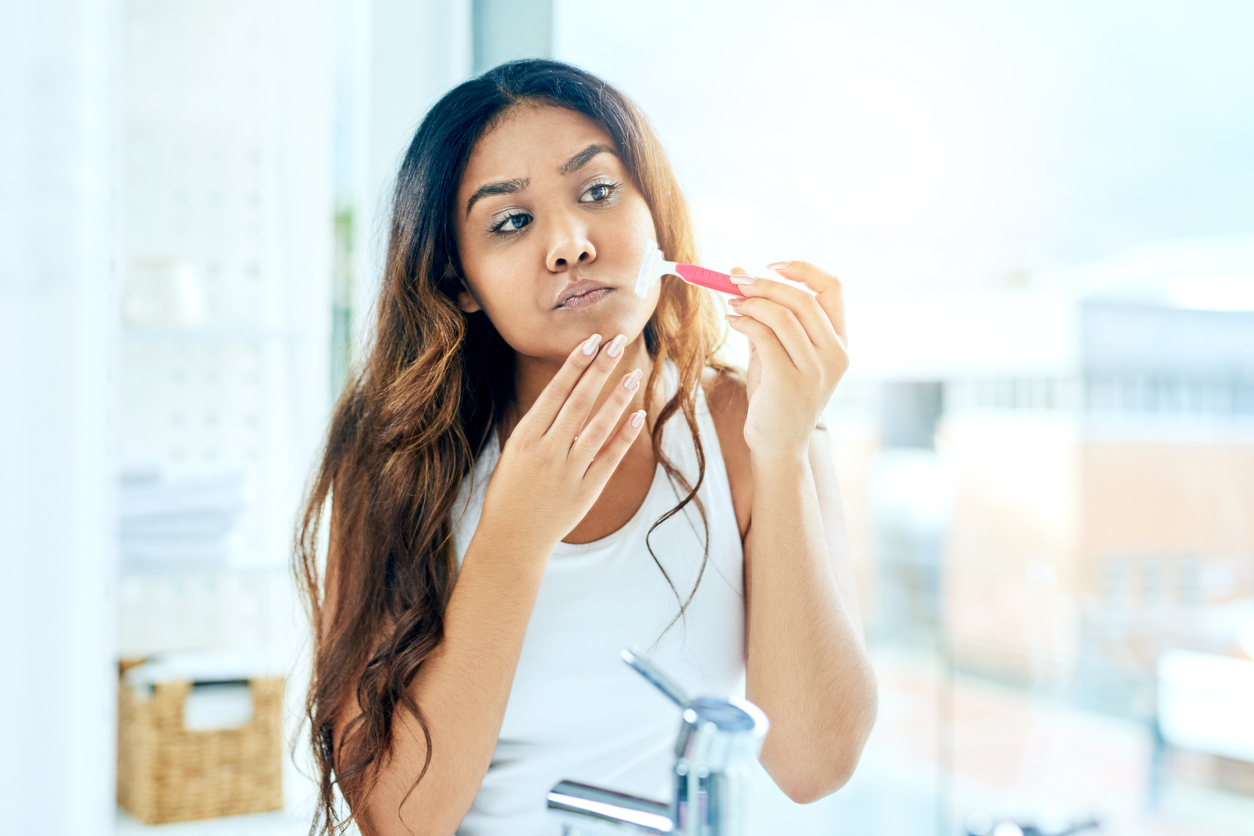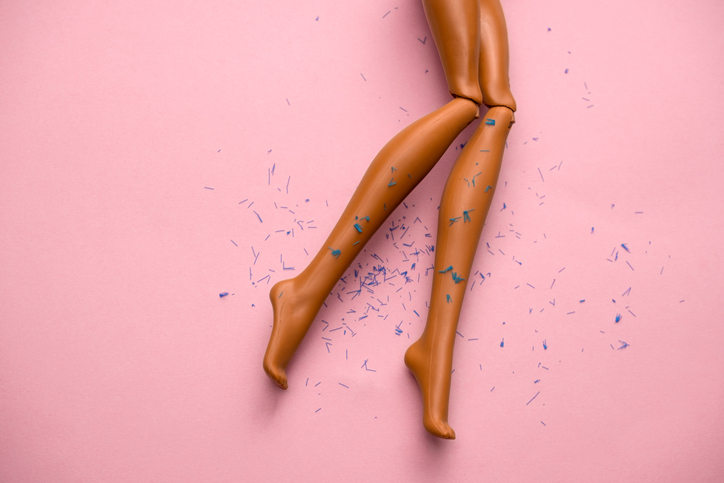Your nails say a lot about your general health, and even small changes in their appearance can reveal more than you think.
Most nail changes aren’t caused by anything serious, but some can suggest that you have low levels of certain vitamins or minerals, or an underlying condition that needs medical attention.
Heart, lung and thyroid disease are just some of the more serious conditions your nails can provide clues about.
But to spot these clues, you’ll need to know what healthy nails look like and the changes that suggest that something may be wrong.
Signs you have healthy nails
Healthy nails are even in colour, free of any pits or grooves, and feel smooth to the touch.
But if they become dry, brittle or change colour, something may be wrong with your nails or your overall health.

When nail changes are nothing to worry about
Some nail changes can be harmless. For example, there’s usually no need to worry about:
- white spots or streaks - these can often be caused by injury
- darker lines running down the nail
- brittle nails - this can be due to ageing or long-term exposure to water, nail polish or chemical cleaning products
Nails can look and feel different depending on the time of year (they may be more dry during the colder months) and how old you are. But if you notice a sudden change in a nail or the skin around your nail becomes red or swollen, get it checked by a doctor.
It’s also normal for your nails to change during the course of your life. For example, nails may:
- become softer, harder or more brittle during pregnancy
- break more easily as you get older
- change colour or even fall off after injury (such as catching your nail in a door)
If you do lose a nail after an injury, it can take up to 6 months for a fingernail to grow back and 18 months for a toenail to do the same. If an injured nail hasn’t grown back after this time, see a doctor.

When to see a doctor about your nails
Nail health is linked to how well your body is functioning and changes in your body can sometimes be seen in them.
So, what type of changes should you look out for?
Keep an eye out for any of the following:
- white or spoon-shaped nails - this can be a sign of iron-deficiency anaemia. Check to see if the inside of your lower eyelids are also pale as this may mean that your body is making fewer red blood cells because your iron levels are low
- thickened or discoloured (white, black, yellow or green) nails - this may be caused by a fungal nail infection
- pitting - small dents on the surface of the nails can indicate:
See a doctor if you notice a change in the texture, colour, thickness or shape of any of your nails and you’re not sure why.
Also see a doctor if any of your nails fall off unexpectedly. It’s natural for a toenail to change colour and drop off if you’ve injured it, but a healthy nail shouldn’t fall off for no reason. If it does, this may be a sign of a health condition.
Find out more about why nails fall off.
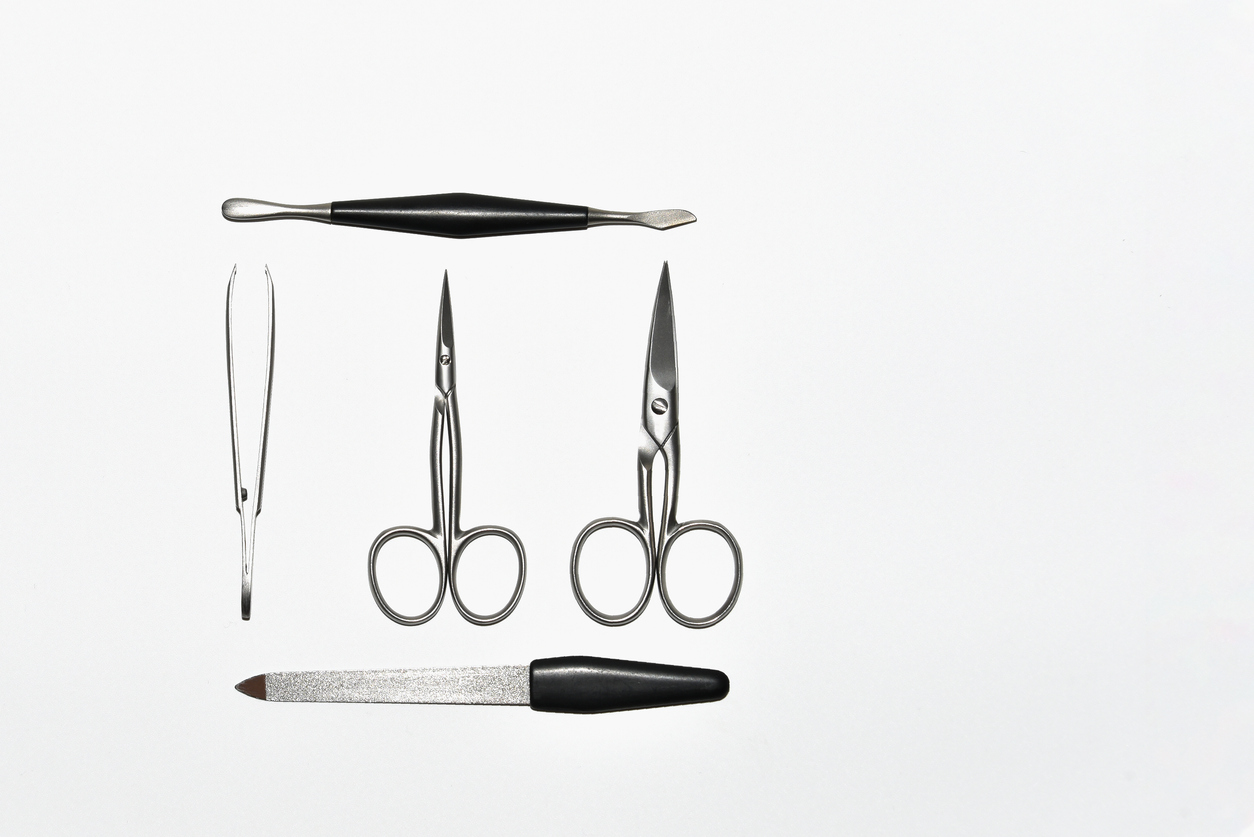
Keeping your nails healthy
Following a basic nail care routine should help to prevent nail damage and other problems. If you need more guidance on what could be wrong with your nails, take a look at this article on nail abnormalities.


